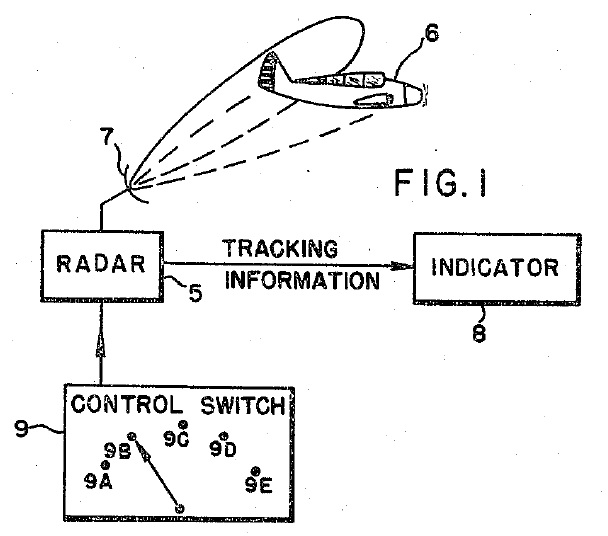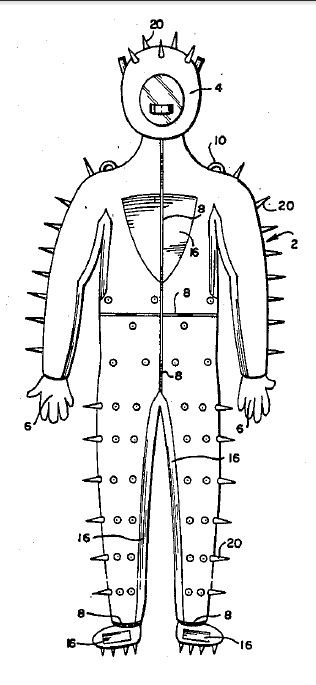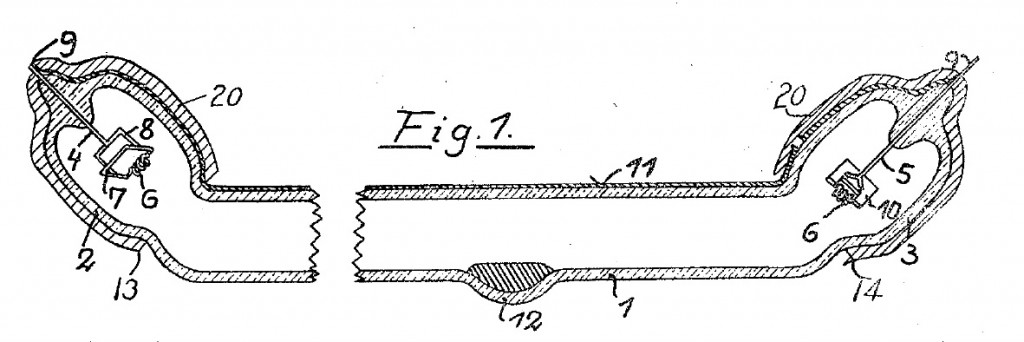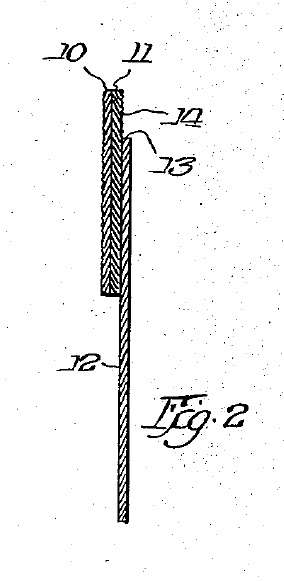In Ruckus Wireless, Inc. v. Innovative Wireless Solutions, LLC, [2015-1425, 2015-1438] (May 31, 2016), the Federal Circuit agreed that the claim term “communications path” did not include wireless communications paths, in part because the title of the patents referenced “Telephone Lines.” The Federal Circuit pointed to its past use of title to construe claims: Exxon Chem. Patents, Inc. v. Lubrizol Corp., 64 F.3d 1553, 1557 (Fed. Cir. 1995); Titanium Metals Corp. of Am. v. Banner, 778 F.2d 775, 780 (Fed. Cir. 1985).
However, in Pitney Bowes Inc. v. Hewlett-Packard Company, —F.2d. — (Fed. Cir. 1999), the Federal Circuit was critical of the district court’s use of the title (and in particular the Examiner’s amendment of the title during prosecution) in construing the claims. The Federal Circuit said that the purpose of the title is not to demarcate the precise boundaries of the claimed invention but rather to provide a useful reference tool for future classification purposes, and quipped “if we do not read limitations into the claims from the specification that are not found in the claims themselves, then we certainly will not read limitations into the claims from the patent title.”
The Federal Circuit went on, saying: “[t]he near irrelevancy of the patent title to claim construction is further demonstrated by the dearth of case law in which the patent title has been used as an aid to claim construction.” The Federal Circuit could only find one case the Exxon Chemical case it cited today in Ruckus Wireless. The Federal Circuit found that the fact that “the patent title has only been mentioned once by this court in the context of claim construction and, even then, merely to make an illustrative point in one sentence, makes a powerful statement as to the unimportance of a patent’s title to claim construction.”
The patent’s title is used in claim construction, but it should not be the primary source of understanding the claim language.





